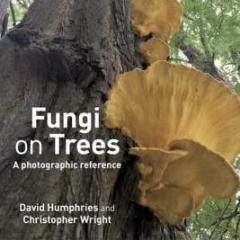Production cutters on the ground use the chain brake less than climbing arbs. I think climbers have good reason for using the brake more often. I agree, to an extent, it is lazy not to put the brake on when on the ground, but if you're an experienced full time user, the saw is tuned right and the chain is tensioned correctly the risk of injury is low. For freshly certified cutters and those cutting their own firewood I'd always recommend putting the brake on. I also think threatening to dock someone's wages is a good way of backing this recommendation up. Full time production cutters need to live up to their name and produce - constantly applying the brake hinders this process - I don't think climbers should judge them to be not applying the brake enough, just as I don't think production cutters should judge climbers as applying the brake too much. The two jobs both involve chainsaws, but are very different. Please note, I'm talking about production cutters in the wood, not a groundy in someone's garden, again these two situations are very different. It should also be remembered that switching the saw off is a very effective way of preventing the chain turning - far too many saws sit idling on the ground for long periods for no good reason.
Going back to the OP: I don't think NPTC should be teaching the full revs chain brake test any more. I think they have to teach testing the brake to the manufacturer's recommendation. In the case of Stihl I think this is apply the brake and blip the throttle twice? Husky might still be a full revs test, not sure. I think you should also be doing an inertia test by dropping the bar tip (saw switched off) onto a log/stump? I'll wait to be corrected.....




